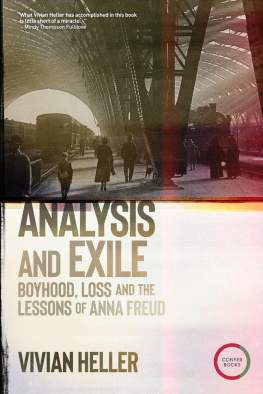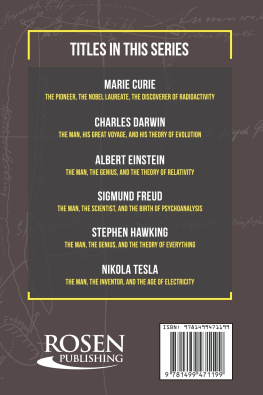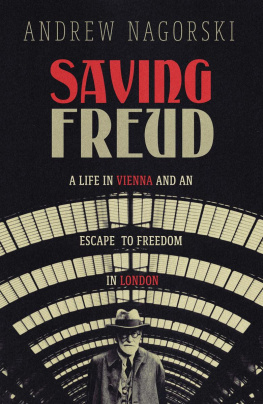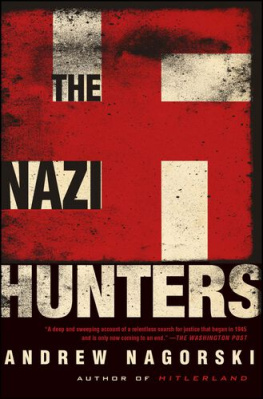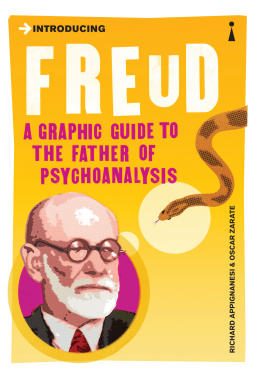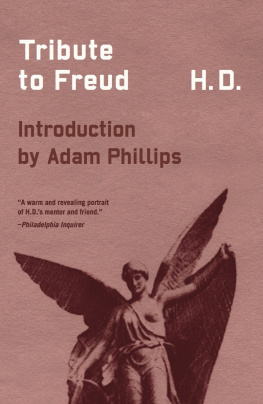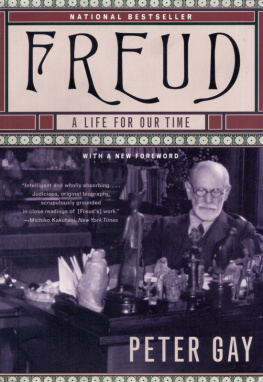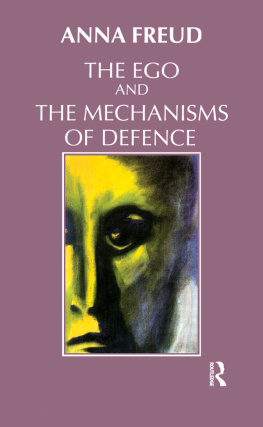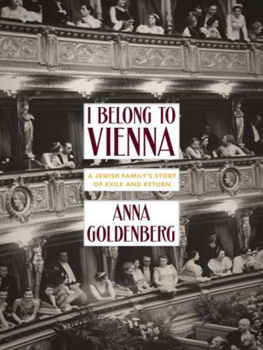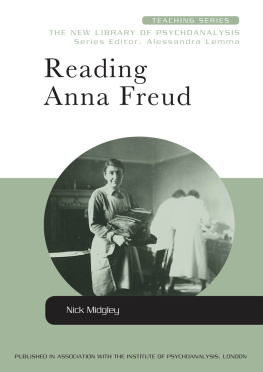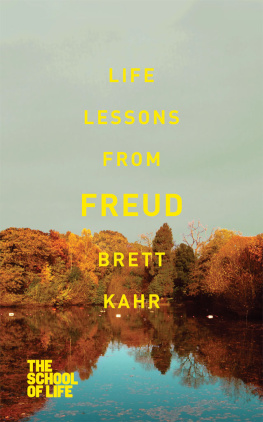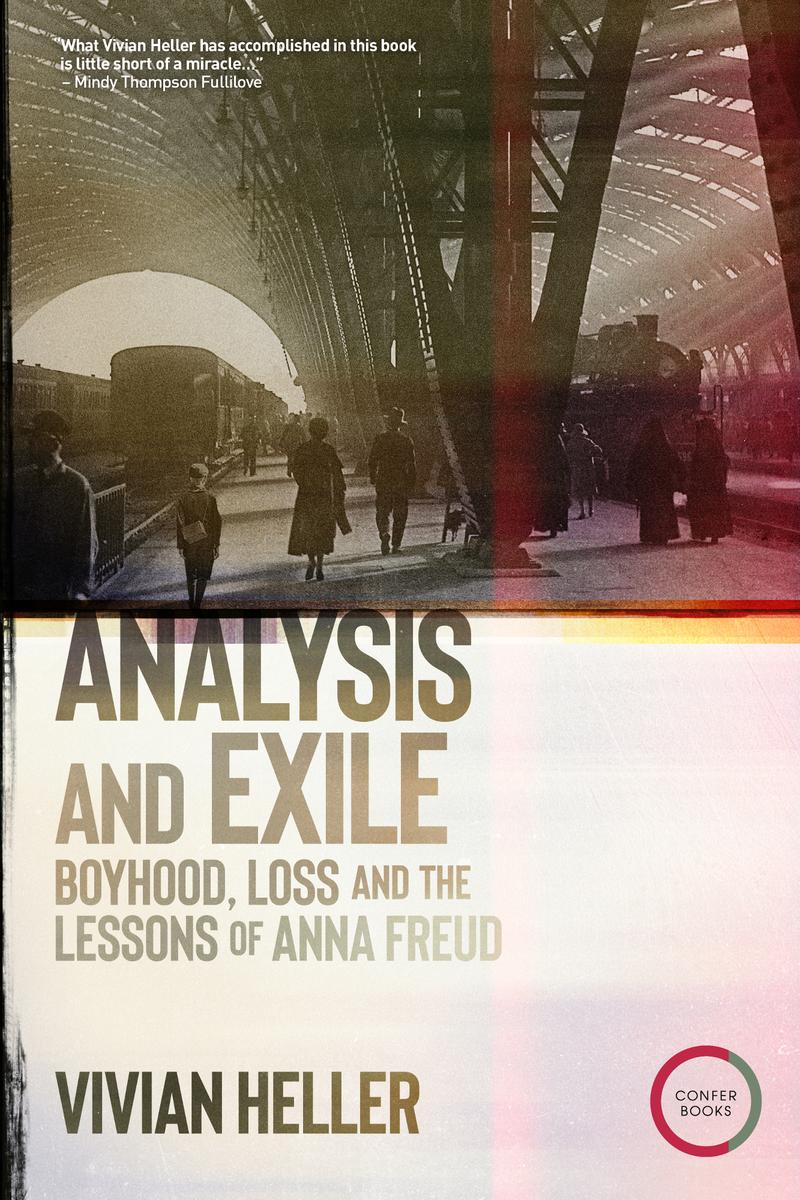Vivian Heller - Analysis and Exile: Boyhood, Loss, and the Lessons of Anna Freud
Here you can read online Vivian Heller - Analysis and Exile: Boyhood, Loss, and the Lessons of Anna Freud full text of the book (entire story) in english for free. Download pdf and epub, get meaning, cover and reviews about this ebook. City: London, year: 2022, publisher: Confer Books, genre: Non-fiction / History. Description of the work, (preface) as well as reviews are available. Best literature library LitArk.com created for fans of good reading and offers a wide selection of genres:
Romance novel
Science fiction
Adventure
Detective
Science
History
Home and family
Prose
Art
Politics
Computer
Non-fiction
Religion
Business
Children
Humor
Choose a favorite category and find really read worthwhile books. Enjoy immersion in the world of imagination, feel the emotions of the characters or learn something new for yourself, make an fascinating discovery.
- Book:Analysis and Exile: Boyhood, Loss, and the Lessons of Anna Freud
- Author:
- Publisher:Confer Books
- Genre:
- Year:2022
- City:London
- Rating:3 / 5
- Favourites:Add to favourites
- Your mark:
Analysis and Exile: Boyhood, Loss, and the Lessons of Anna Freud: summary, description and annotation
We offer to read an annotation, description, summary or preface (depends on what the author of the book "Analysis and Exile: Boyhood, Loss, and the Lessons of Anna Freud" wrote himself). If you haven't found the necessary information about the book — write in the comments, we will try to find it.
Analysis and Exile: Boyhood, Loss, and the Lessons of Anna Freud is the story of the childhood and youth of Peter Heller, one of the first children to be psychoanalyzed by Anna Freud and one of the 20 students invited to attend her experimental school in 1920s Vienna. While Anna Freud tries to teach him how to overcome his fears, Peters native Vienna slides into fascist barbarism and he is forced to navigate an increasingly dangerous world. When he is eighteen, he flees to England only to be deported to Canada, where he is interned as a German-speaking foreign national; here Jewish refugees and Nazi P.O.W.s live cheek by jowl. To tell this story, Vivian Heller draws on a wealth of primary sources, including her fathers case history and his internment diary, using novelistic techniques to bring the past alive.
Vivian Heller: author's other books
Who wrote Analysis and Exile: Boyhood, Loss, and the Lessons of Anna Freud? Find out the surname, the name of the author of the book and a list of all author's works by series.

